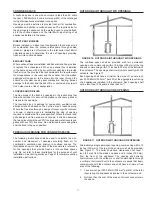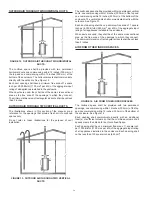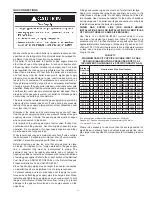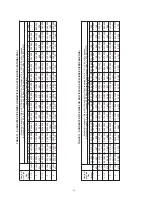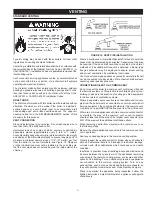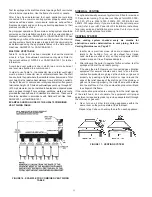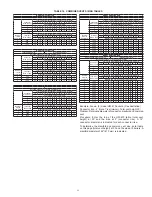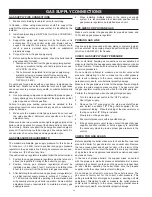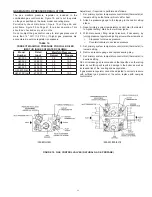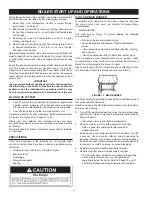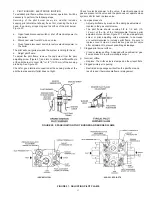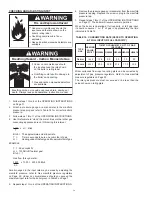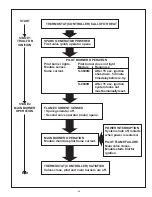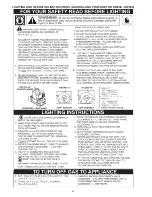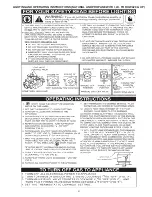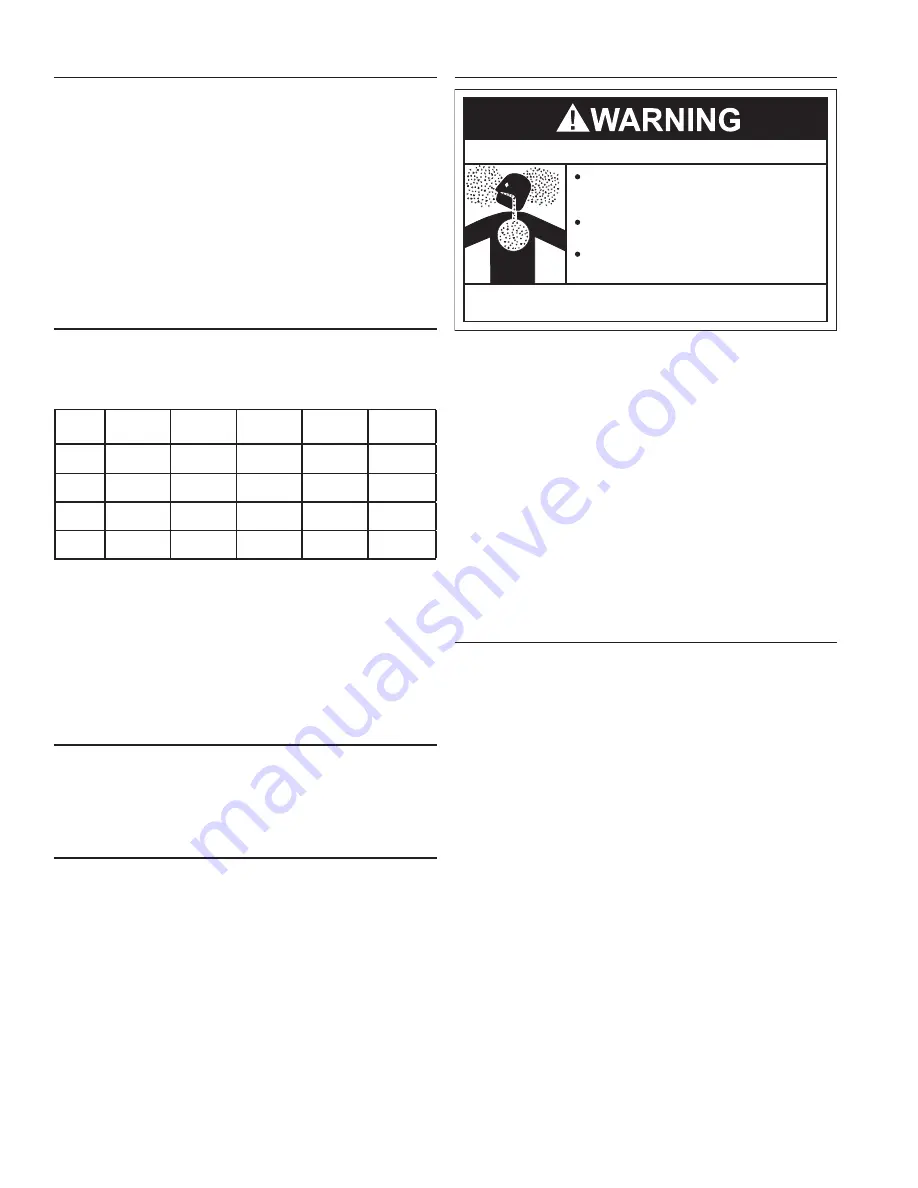
16
AIR REQUIREMENTS
For safe operation an adequate supply of fresh uncontaminated
air for combustion and ventilation must be provided.
An insufficient supply of air can cause recirculation of combustion
products resulting in contamination that may be hazardous to
life. Such a condition often will result in a yellow, luminous burner
flame, causing sooting of the combustion chamber, burners and
flue tubes and creates a risk of asphyxiation.
Do not install the boiler in a confined space unless an adequate
supply of air for combustion and ventilation is brought in to that
space using the methods described in the Confined Space
section that follows.
Never obstruct the flow of ventilation air. If you have any doubts
or questions at all, call your gas supplier. Failure to provide the
proper amount of combustion air can result in a fire or explosion
and cause property damage, serious bodily injury or death.
UNCONFINED SPACE
An unconfined space is one whose volume is not less than 50
cubic feet per 1,000 Btu/hr (4.8 cubic meters per kW) of the
total input rating of all appliances installed in the space. Rooms
communicating directly with the space, in which the appliances
are installed, through openings not furnished with doors, are
considered a part of the unconfined space.
Makeup air requirements for the operation of exhaust fans,
kitchen ventilation systems, clothes dryers and fireplaces shall
also be considered in determining the adequacy of a space to
provide combustion, ventilation and dilution air.
UNUSUALLY TIGHT CONSTRUCTION
In unconfined spaces in buildings, infiltration may be adequate
to provide air for combustion, ventilation and dilution of flue
gases. However, in buildings of unusually tight construction (for
example, weather stripping, heavily insulated, caulked, vapor
barrier, etc.) additional air must be provided using the methods
described in the Confined Space section that follows.
Breathing Hazard - Carbon Monoxide Gas
Install appliance in accordance with
the Instruction Manual and NFPA 54 or
CAN/CSA-B149.1.
To avoid injury, combustion and ventilation
air must be taken from outdoors.
Do not place chemical vapor emitting
products near the boiler.
Breathing carbon monoxide can cause brain damage or
death. Always read and understand instruction manual.
CHEMICAL VAPOR CORROSION
Boiler corrosion and component failure can be caused by the
heating and breakdown of airborne chemical vapors. Spray can
propellants, cleaning sol vents, refrigerator and air conditioning
refrig erants, swimming pool chemicals, calcium and sodium
chloride (water softener salt), waxes, and process chemicals
are typical compounds which are potentially corrosive. These
materials are corrosive at very low concentration levels with little
or no odor to reveal their presence.
Products of this sort should not be stored near boiler. Also, air
which is brought in contact with boiler should not contain any
of these chemicals. If necessary, uncontaminated air should be
obtained from remote or outside sources. Failure to observe this
requirement will void warranty.
INSTALLATION CLEARANCES
These boilers are approved for installation on combustible
flooring in an alcove with minimum clearance to combustibles of:
HW
300
HW
399
HW
420
HW
520
HW
670
TOP
28" (711.2) 28" (711.2) 24" (609.6) 24" (609.6) 24" (609.6)
SIDES
6" (152.4) 6" (152.4) 24" (609.6) 24" (609.6) 24" (609.6)
REAR
6" (152.4) 6" (152.4) 24" (609.6) 24" (609.6) 24" (609.6)
VENT
6" (152.4) 6" (152.4) 6" (152.4) 6" (152.4) 6" (152.4)
2 inches (51 mm) clearance is allowable from combustible
construction for hot water pipes.
Sufficient area should be provided at the front and rear of the unit for
proper servicing. Clearances of 24 inches (609.4 mm) in the rear and
48 inches (1,219 mm) in the front are required by code. In a utility
room installation, the door shall be wide enough to allow the boiler
to enter or to permit the replacement of another appliance such as
a boiler.
LEVELING
Each unit should be checked after installation to be certain that it
is level prior to starting the unit.
If the unit is not level, obtain and insert shims under the legs of
the unit to correct this condition.
SYSTEM CONNECTIONS
The system installation must conform to these instructions and to
the requirements of the local code authority having jurisdiction. Good
practice requires that all heavy piping be supported.
TABLE 10. INSTALLATION CLEARANCES
















